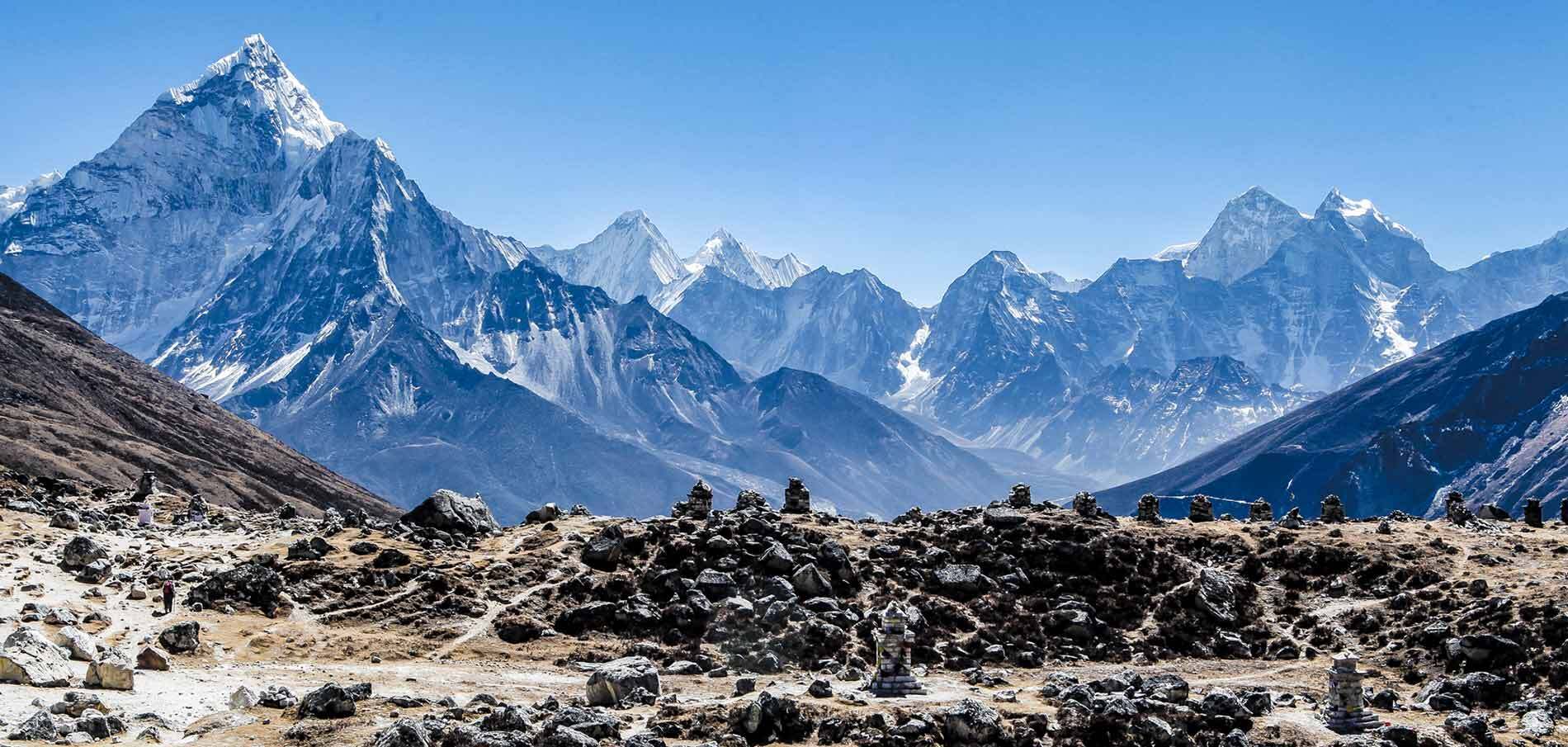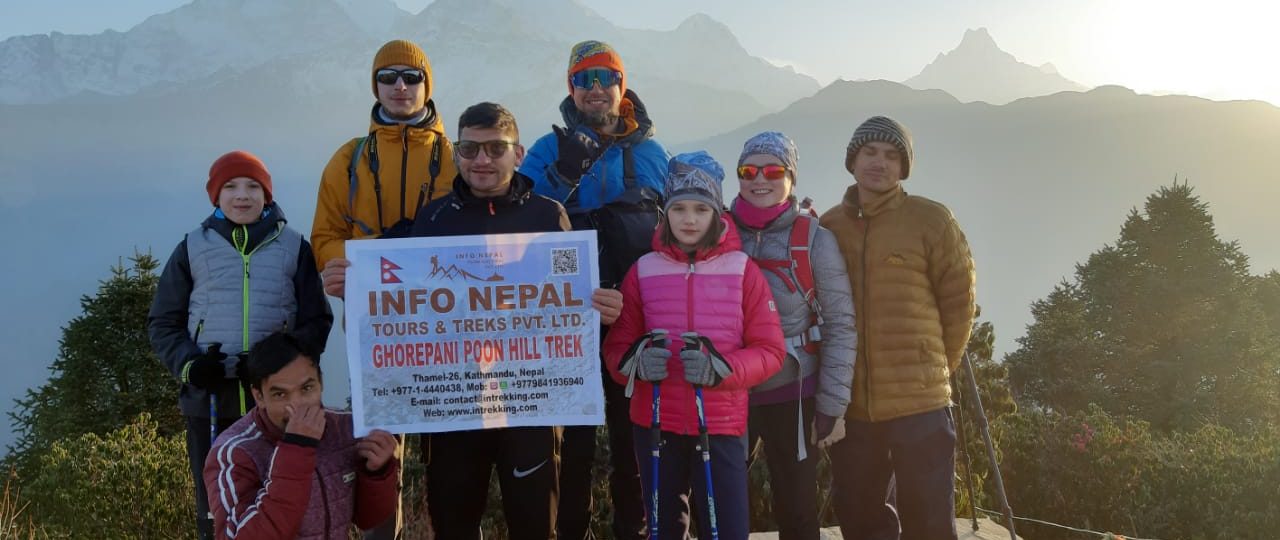
 Written By: Rajesh Neupane
Written By: Rajesh Neupane
When is the Best Time for the Everest Three High Passes Trek?
Enquiry Form
The Everest Three High Passes trek is one of the spectacular treks. This trek is challenging and adventurous. The three passes include Kongma La Pass (5535 m), Cho La Pass (5420), and Renjo La Pass (5360 m). You must consider the weather before planning this adventure.
You can cover the whole Everest Region on foot during this trek. The beautiful, serene views from all these passes are mind-blowing. You come across remote areas of Nangpa La Valley and Thame and Marlung’s Sherpa settlements while surpassing three Everest region passes.
There are many things to consider during trekking if you want a successful trek. But weather affects trekking greatly, so it must be the priority. Weather is really important to consider while trekking. So, let’s talk about the weather of Everest Three High Passes based on four seasons of a year.
Spring Season (March-May)
Spring is the most favourable season with the best comfortable weather. The climate is moderate, neither too hot nor too cold, making it cosy for trekkers to walk. The temperature is 18 degrees and drops up to -12 degrees. This season starts in March and ends in May.
The trails are dry and risk-free. As Spring begins after winter, March is a little cool. Afterwards, the temperature begins to warm up. April is the most feasible. Rainfall is possible at the end of May. But there is no chance of snowfall in Spring.
Due to the favourable weather, many trekkers attempt to trek this route. The routes are quite busy and crowded. The accommodation is sometimes fully packed. You get to meet people from all over the world.
Autumn Season (September – November)
Autumn is also the best time to trek this route. The weather is dry and charming. September, October, and November belong to Autumn. The moderate climate favours trekking.
There is very little chance of snowfall and rainfall. So, the routes are clear of any danger. You can get a chance to witness the Mani Ronde festival during this season. The visit to Tengboche Monastery in this season cleanses your soul.
The temperature is very moderate, making it suitable for trekking. It ranges from -3 degrees to 20 degrees. Nights get a bit chillier but bearable. It comes after the rainy season, so the environment is clear during Autumn.
Due to the seasonal time, the routes are crowded with many trekkers. You can face lodging problems. You better book it pre-trek. You can enjoy the company of fellow trekkers along the trail.
Summer Season (June – August)
Summer is the monsoon season with rainfall. It is also very hot and dry, making it uncomfortable for trekkers. It starts in June and lasts till August. It is very challenging to trek during this season. Many trekkers avoid this season due to heavy rain.
Summer is all about rainfalls regularly. It rains daily, making trails slippery and muddy. The trail is very dangerous and risky. The temperature rises from 5 degrees to 27 degrees. During the daytime, you must be careful about sunburn.
As an off-season, there are few people along the trail. Though the rain kills the buzz, it is still peaceful somehow. If you want adventure and are experienced, you can try it. Make sure you take rain gear and seasonal clothes with you. You can get discounts in lodges as well due to less crowd.
Winter Season (December – February)
Winter is another off-seasonal period of the year for trekking. The extremely cold climate makes it very uncomfortable to trek. It starts in December and continues till February. The three high passes may be closed due to snow.
The temperature drops from 15 to – 15 degrees, which is unbearable. A lot of snowfall occurs in the entire season. December and January are especially extremely cold. The cold weather keeps trekkers away from this region. But enjoying snow and snowfall in Khumbu Region is a once-in-a-lifetime experience.
Though the route is risky, winter is suitable if you love winter vibes and want to play with snow. There is less disturbance and more peace in this season. Remember to pack warmer clothes and trekking gear.
Frequently Asked Questions
What is the difficulty level of Everest Three High Passes Trek?
- The difficulty level of Everest Three High Passes Trek is very high.
When is the best time for trekking here?
- Autumn and Spring are the best times of the year for trekking.
What are the three passes you cross through in this trek?
- Kongma La Pass (5535 m), Cho La Pass (5420), and Renjo La Pass (5360 m) are the three passes you cross in this trek.
Conclusion
The weather decides how your journey goes. Therefore, you need to consider the weather before trekking. Check the weather forecast every time you start your journey. The weather in higher altitudes is unpredictable.
However, Spring and Autumn are the best times compared to other seasons. If you want less crowd, you can trek during Winter and Summer at your own risk. Take care of yourself and have fun trekking Everest Three High Passes Trek.